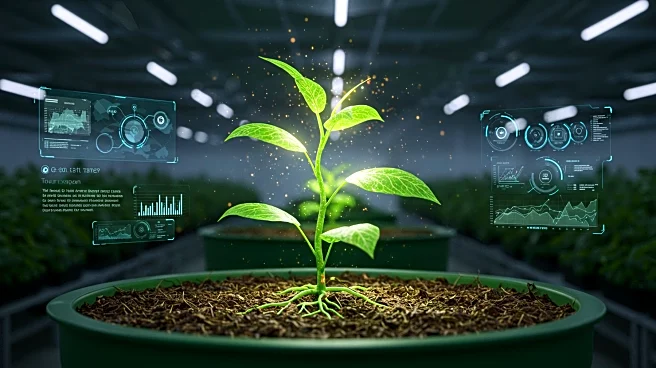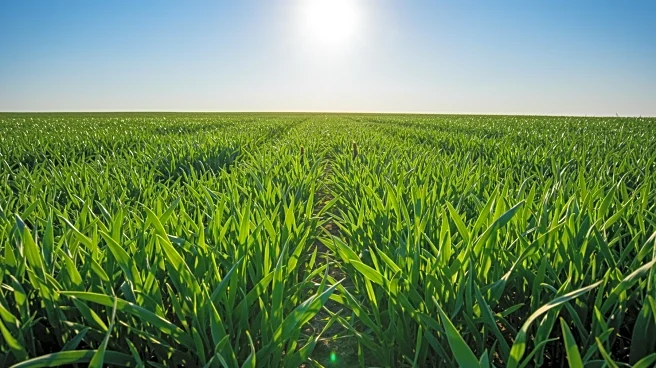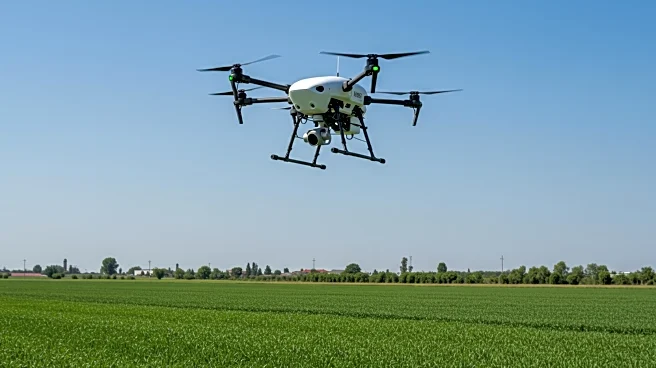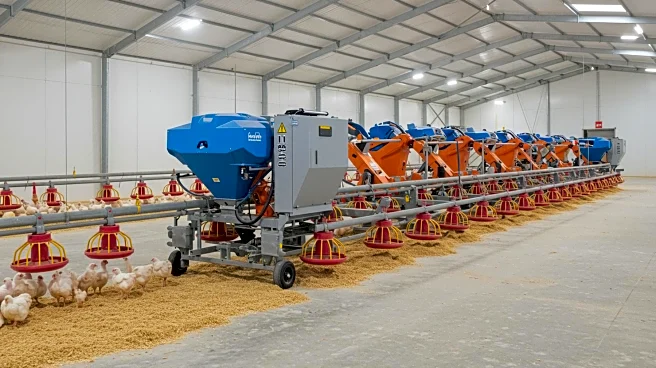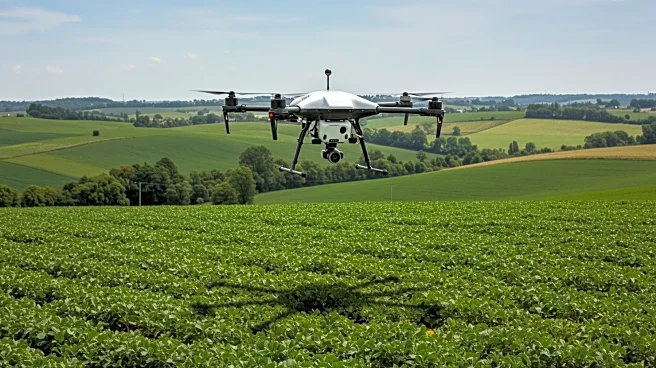Rapid Read • 7 min read
The Global Digital Agriculture Software Market is undergoing significant changes, as outlined in a comprehensive study by HTF Market Intelligence. The report forecasts a compound annual growth rate (CAGR) of 15.10% from 2025 to 2032, with market value expected to rise from $12.3 billion in 2025 to approximately $33.4 billion by 2032. Key players in this market include Deere & Company, Trimble, Climate Corporation, SAP, AG Leader, BASF, Granular, and AgriWebb. The market is driven by advancements in farm management software, precision agriculture, data analytics, IoT-enabled software, and AI-powered solutions. These technologies aim to optimize farming practices, enhance crop management, monitor soil health, refine irrigation techniques, and forecast weather, thereby boosting productivity and promoting sustainability.
AD
The growth of the digital agriculture software market is crucial for addressing the increasing global demand for food production. By leveraging advanced technologies, farmers can improve efficiency, reduce waste, and implement sustainable practices. This market expansion is particularly significant for regions like North America, which is currently the dominant and fastest-growing area in this sector. The adoption of precision farming and AI-driven insights can lead to elevated crop yields and more sustainable farming practices, which are essential for meeting the needs of a growing global population. The market's growth also presents opportunities for technological innovation and economic development within the agricultural industry.
As the market continues to expand, stakeholders can expect further advancements in digital agriculture technologies. Companies may invest in research and development to enhance their offerings and maintain competitive advantages. Additionally, there may be increased collaboration between technology providers and agricultural businesses to integrate these solutions more effectively. The market's growth could also lead to policy changes that support technological adoption and address challenges such as high operational costs and data management issues.
AD
More Stories You Might Enjoy
